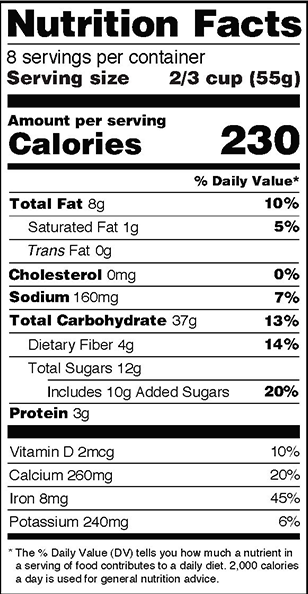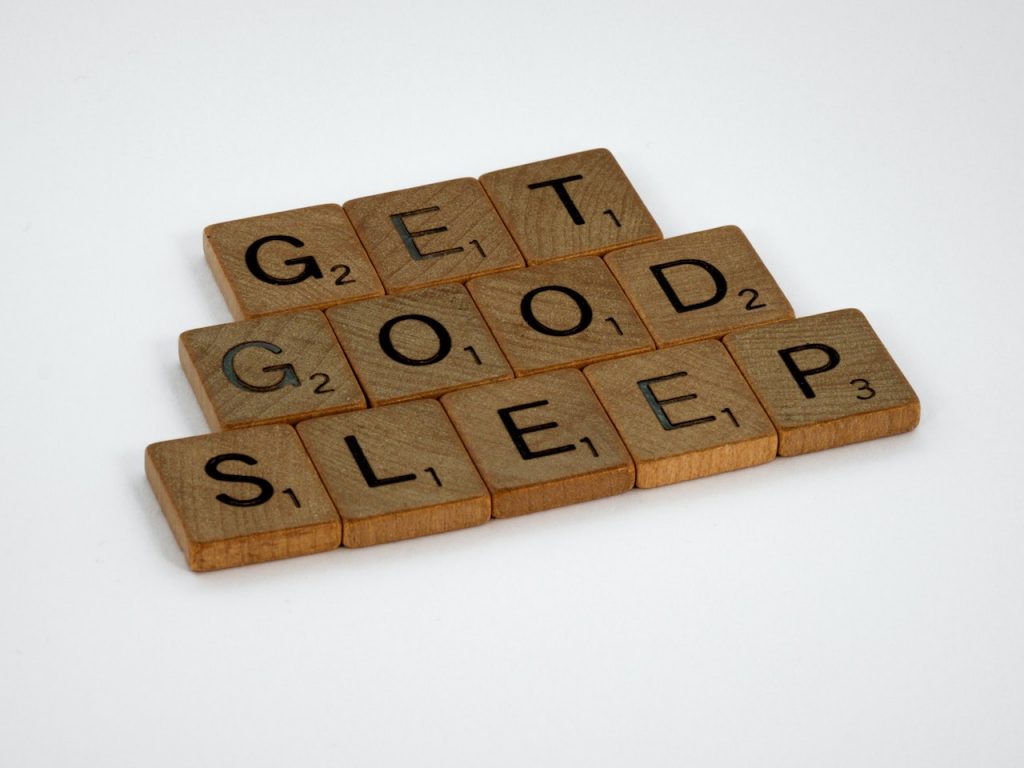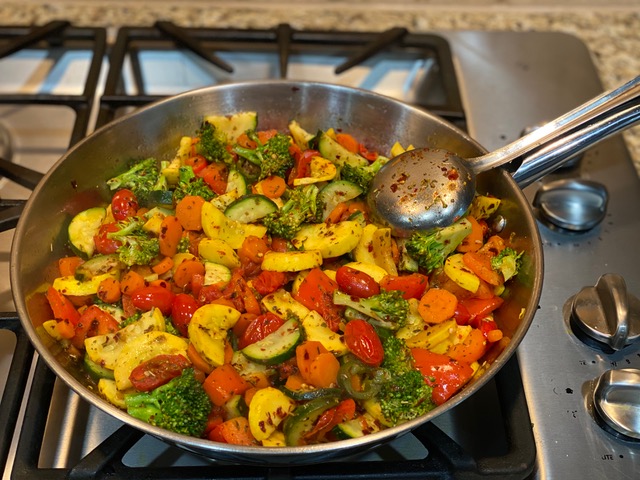
Shaking beef is a very famous Vietnamese dish that gets its American name from the constant shaking of the pan to cook the beef and onions without burning. It is traditionally served on a bed of watercress and with a dipping sauce of lime juice and pepper. This dish borrows from the famous original but uses portobello mushrooms in place of the beef. Since watercress can be very hard to find, you can use arugula or spring mix instead. It is also good served with a bit of brown rice to soak up the juice.
Ingredients
- 2 portobello mushroom caps (more if they are small)
- 1 shallot, thinly sliced and separated into rings
- 1 T oil
- 1 T soy sauce
- 2 t sugar
- 2 t black pepper
Vinaigrette
- 2 t rice vinegar
- 1 t sugar
- 1 t soy sauce
- pinch salt
- black pepper
- 2 T olive oil
- 4 cups Watercress, arugula, or spring mix
- 12 cherry tomatoes
- 1 lime, cut in wedges
Brown rice (optional)
Directions
- Remove the dark gills on the underside of the portobello mushroom cap using a spoon. Scrape lightly as not to remove any of the flesh.
- Cut the portobello mushroom caps into 1/2 inch cubes.
- Place the mushrooms in a glass or metal bowl. Add the shallot, oil, soy sauce, sugar, and black pepper.
- Marinate for 10-30 minutes.
- Make the vinaigrette by combining all ingredients in a jar with tight fitting lid. Shake well.
- Drain the mushrooms and shallots and and sauté in a non stick pan until brown.
- Mix the salad greens and cherry tomatoes with the vinaigrette.
- Arrange salad on 2 plates.
- Top with mushrooms.
- Serve with lime wedges.
- Serve with rice (optional).
Check out the video below for a step by step demonstration of how to make this recipe:
Nutritional Information per Serving
Servings: 2
- Serving Size: ½ recipe
- Calories: 247
- Carbohydrates: 28 grams
- Fiber: 6 grams
- Protein: 7 grams
- Fat: 14 grams
- Sodium: 729 mg
You might also enjoy:
Simple Med Instead of Meds Recipes: 6 Ingredients or Less
Is sucralose making you eat more?
Don’t miss another great blog: Subscribe Now










